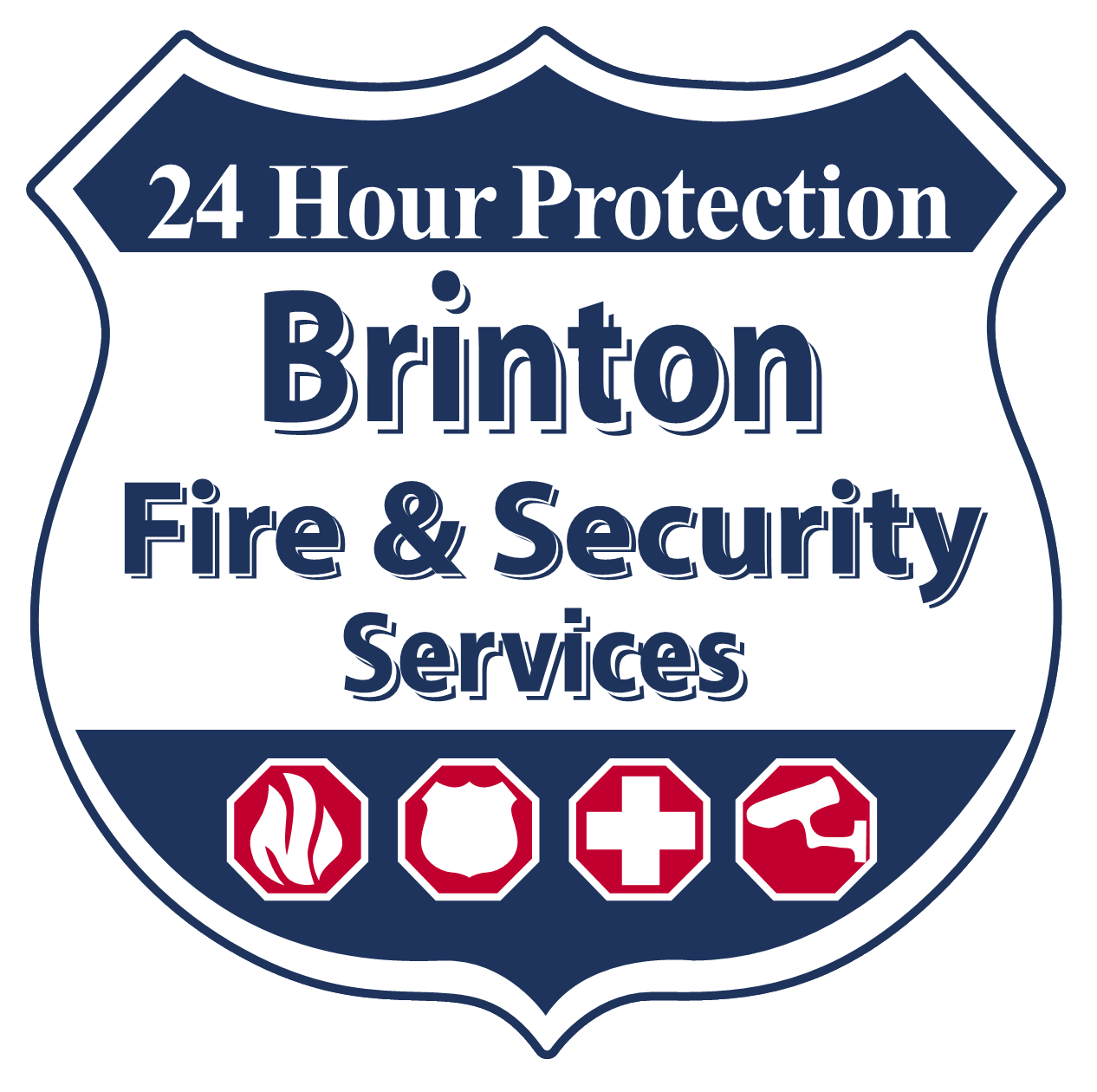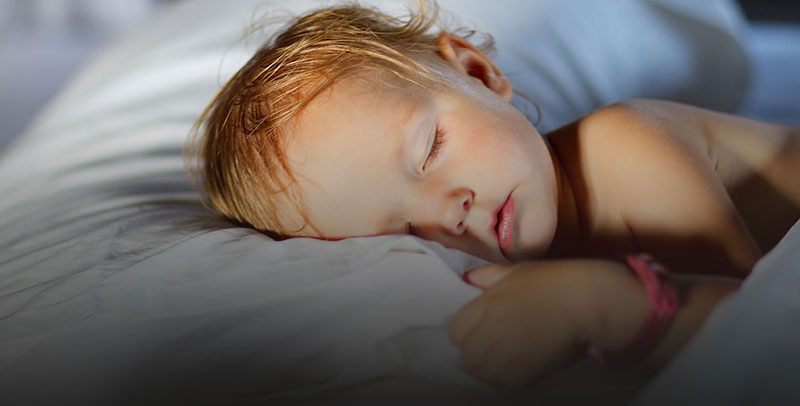What is CO Poisoning & How Do I Avoid It?
When you purchased those smoke detectors you so responsibly installed in your home, did you notice a similar-looking detector for carbon monoxide? If you have any products or equipment in or near your home that burn fuel, you might want to pick up a few carbon monoxide detectors too.
Unlike smoke or natural gas, carbon monoxide is colorless and odorless, but it is just as poisonous. In the U.S., between 150 and 200 people die annually from carbon monoxide (CO) poisoning produced by malfunctioning furnaces, ranges, water heaters, space heaters, fireplaces, charcoal- or gas-fired grills and engine-powered devices such as portable generators.
Even more lose their lives when CO accumulates after people leave their cars running in garages. And every year, thousands of people wind up in emergency rooms for treatment as a result of CO poisoning.
Prevention involves following these basic safety procedures.
- Install all appliances following the manufacturer’s instructions as well as local building codes – generally by qualified professionals.
- Unless you have the proper knowledge and skill as well as the appropriate tools, do not service fuel-burning appliances yourself.
- If your home has a fuel-burning heating system, have it serviced and inspected annually by professionals. Be sure to include chimneys and flues.
- Operating a portable generator or another gas-powered tool in or near an enclosed space can trap CO, leading to potentially lethal levels of the gas. Open doors and windows do not provide enough ventilation.
- Never use camping stoves designed for outdoor use only in an enclosed vehicle, tent or building. Some of these products may be designed to work in enclosed spaces, but they will specify that on the packaging and provide instructions for their safe use.
- Never burn charcoal in any kind of enclosed space such as a building, tent, or vehicle.
- Never leave a car running in a garage, even if you have the door open.
- Don’t use gas appliances such as ovens or clothes dryers as space heaters for your home.
- If you use a natural gas or propane oven, don’t cover the bottom with aluminum foil the way you can with an electric oven. You can block the oven’s combustion flow, producing CO.
- Re-check all gas appliance vents, heating vents or chimney flues after any home renovations. These can easily be blocked by forgotten tarps or debris.
- Install carbon monoxide alarms in hallways near every sleeping area and in living areas in the neighborhood of fuel-burning appliances. The recommendation is one alarm installed in the hallway outside every bedroom. Make sure the alarms aren’t blocked by furniture or window coverings. CO alarms should not be installed in kitchens or directly above any fuel-burning appliances. Test alarms regularly and replace following the schedule recommended by the manufacturer.
Signs and Symptoms of CO Poisoning
Initially, CO exposure has symptoms that resemble the flu without any fever. These include headaches, shortness of breath, nausea, dizziness, and fatigue. Further exposure can lead to vomiting, mental confusion and loss of muscular coordination. The end result is loss of consciousness and finally, death. The exposure levels and duration can affect the severity of the symptoms.
If you find yourself experiencing any of these symptoms unexpectedly, don’t wait for the CO alarm to go off to confirm it. Leave your home immediately and call the fire department on your cell or at a neighbor’s home. If they find evidence of high levels of CO, be sure that you and any family members who were exposed see a doctor immediately, letting him or her know about the CO exposure.
The Best Way To Avoid Carbon Monoxide Poisoning
Finally, have all of your appliances checked for problems before re-using them. If one or more CO alarms go off in your home, leave immediately with all family members and pets. Call 911 and do not re-enter your home until the emergency specialists have ensured you that it is safe. Even a few minutes can lead to loss of consciousness and death if the exposure is high enough. Do not use the problem equipment again until a qualified service technician checks and repairs it.
We Can Help – Contact Us Today.
Carbon monoxide poisoning is an easily avoidable risk, yet every year too many people succumb to it. Like wearing a seatbelt, you may never need a CO detector, but why take a chance? By following these few simple steps, AND installing a carbon monoxide detector by a qualified professional security company, you may become a lifesaver for the ones you care about most.
- You’re Smart For Having a Smart Garage Door - May 1, 2019
- 11 Ways A Smart Home Can Help With Elder Care - January 25, 2018
- Choosing The Right Camera System for Your Home - January 19, 2018











